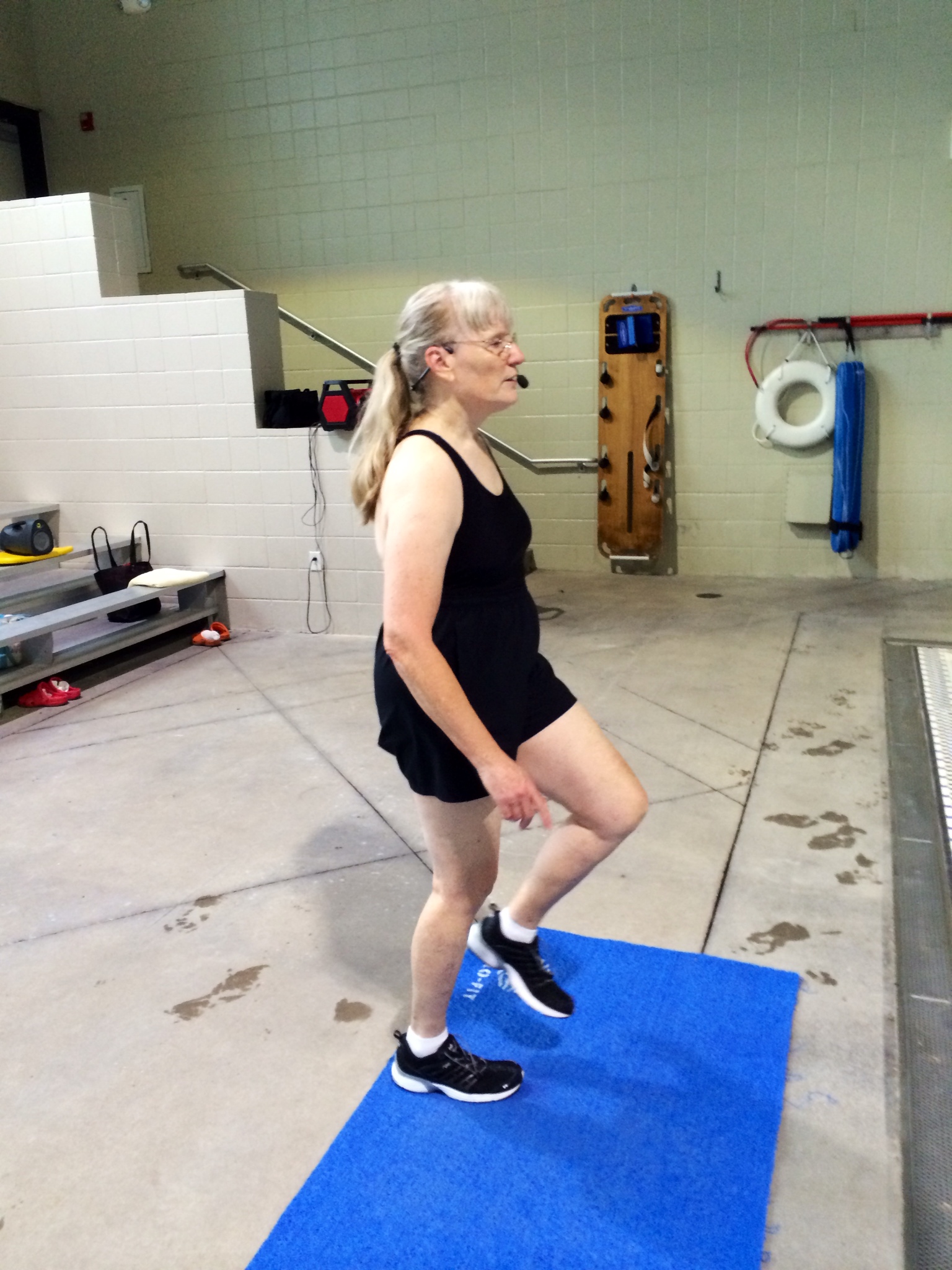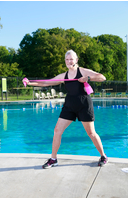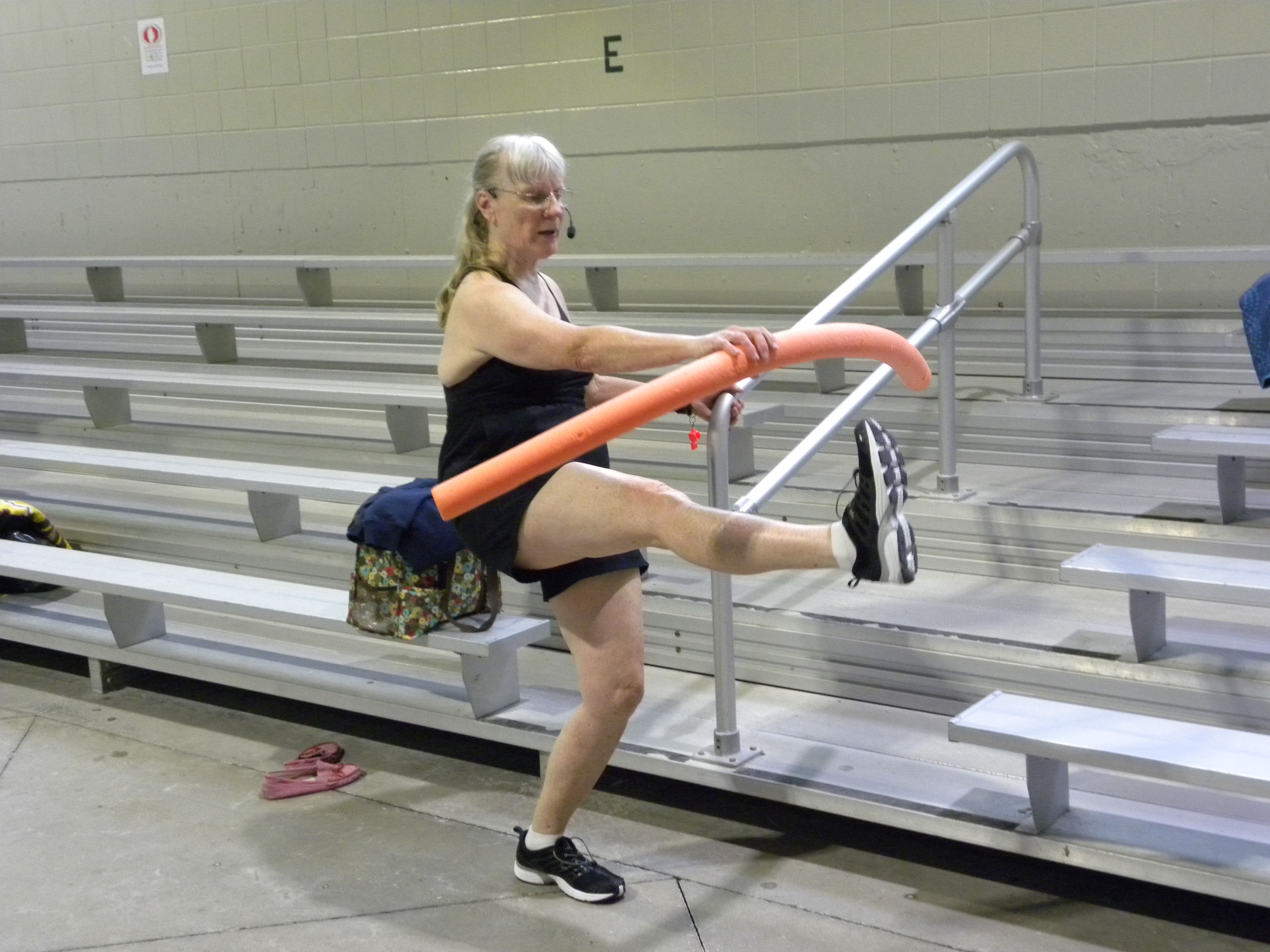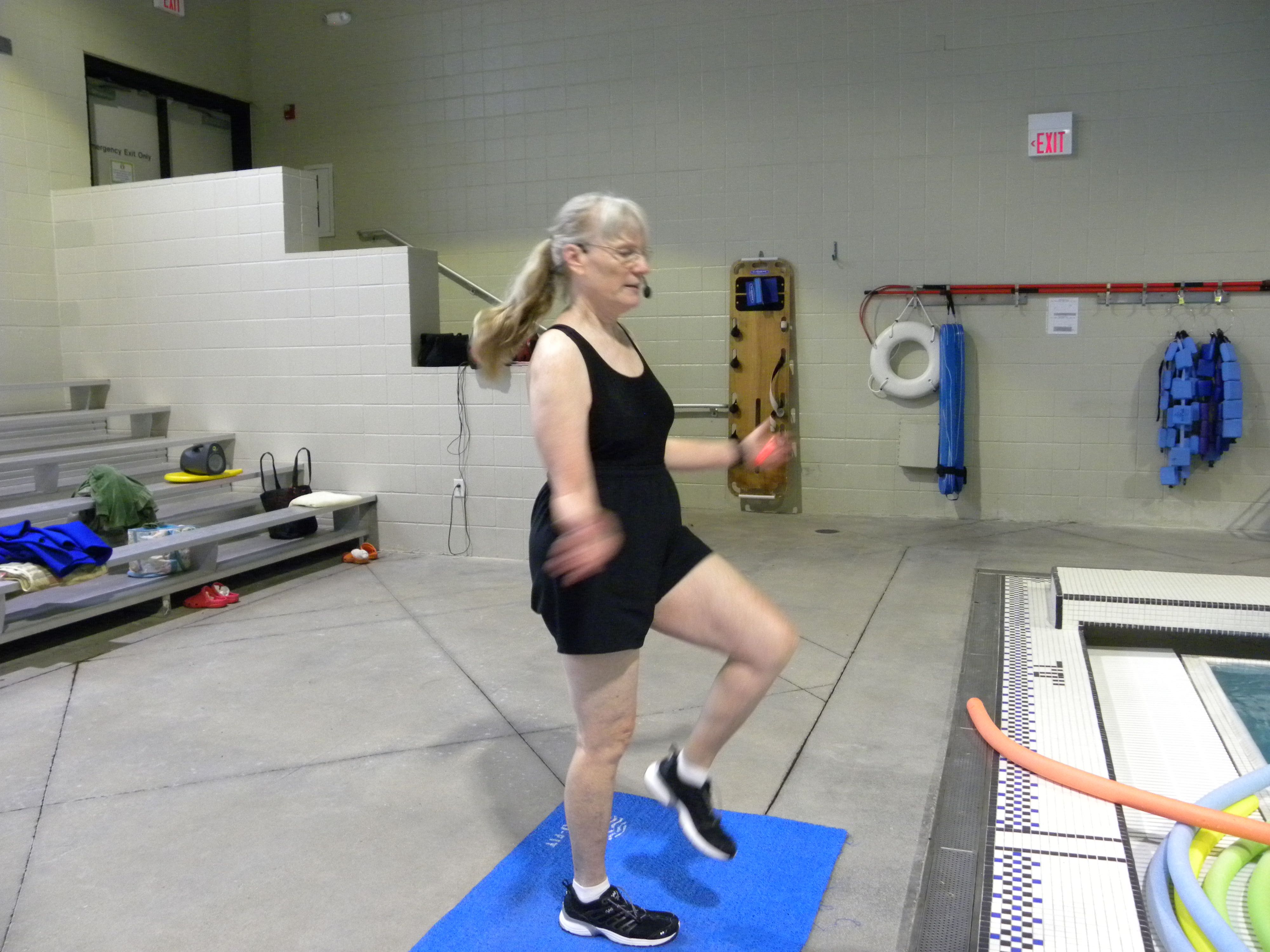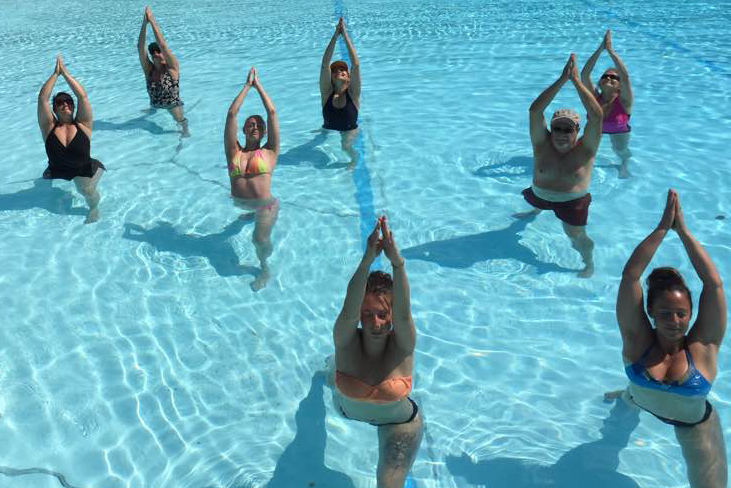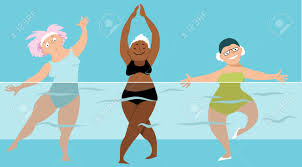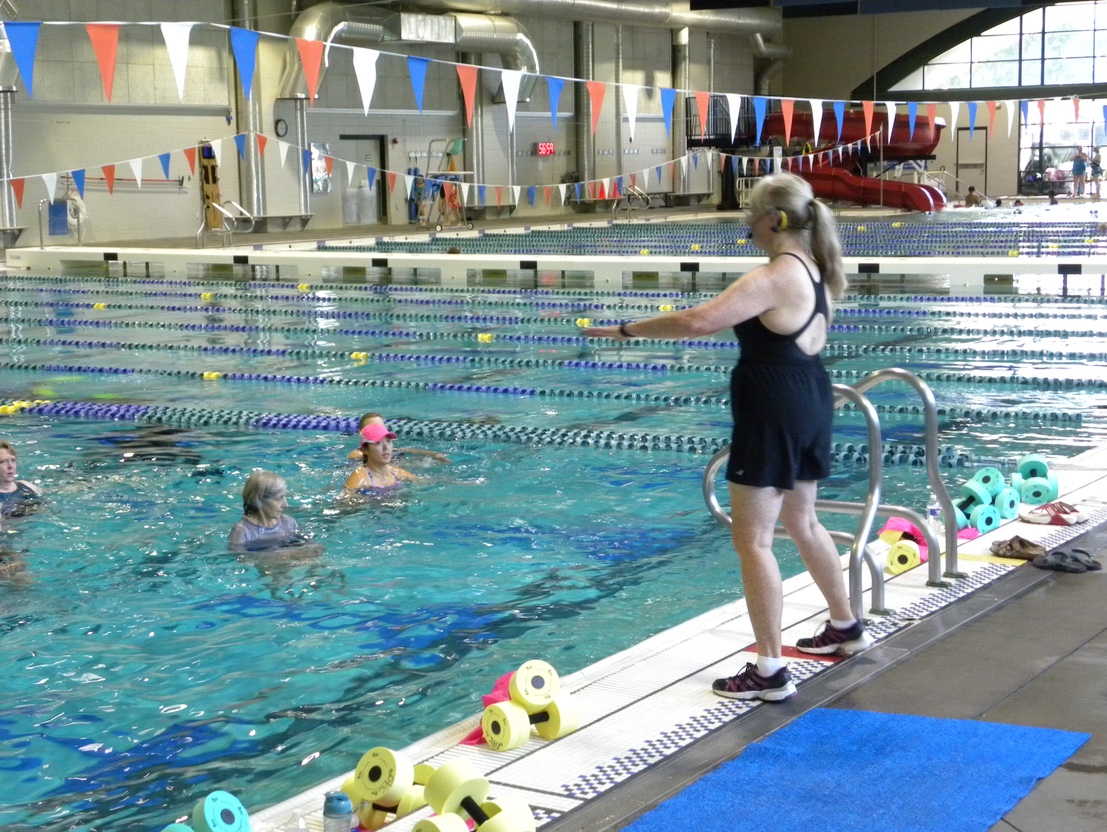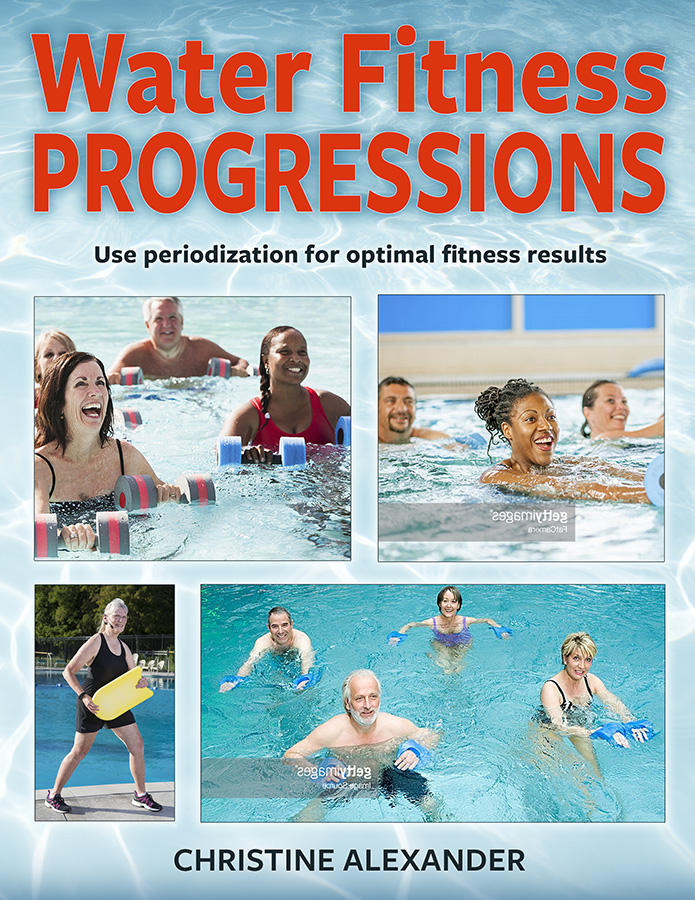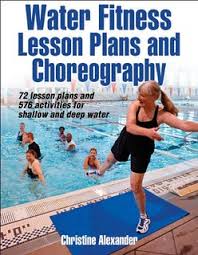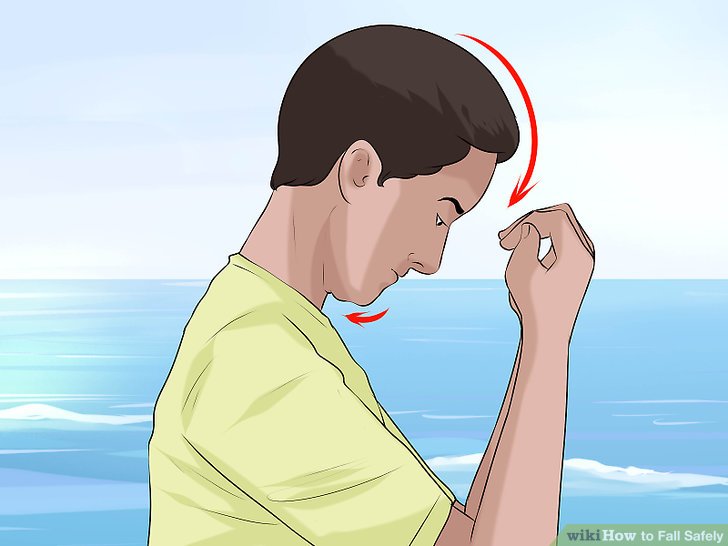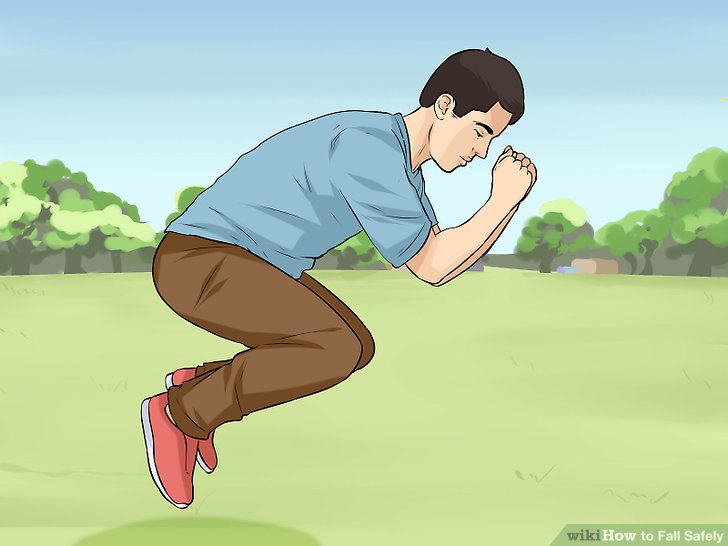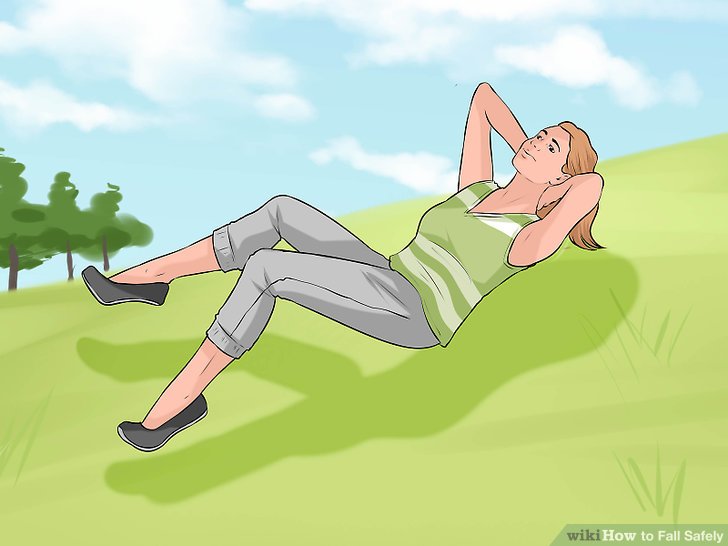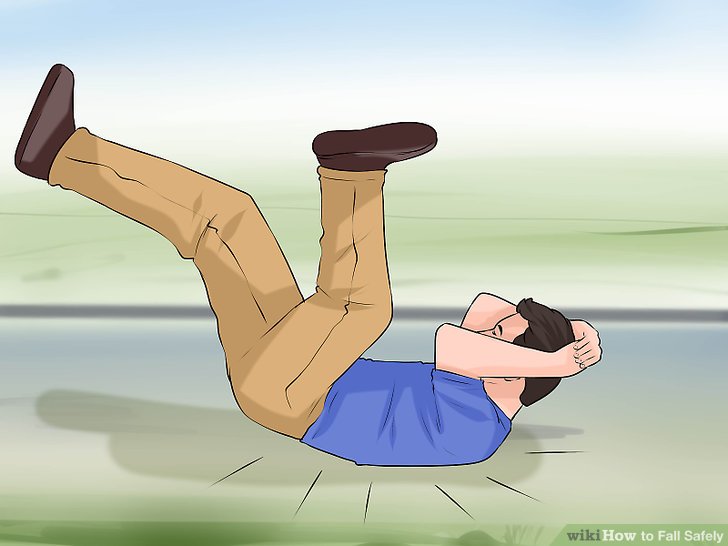Frequently fitness is equated with a number on the bathroom scale, but fitness is much more than body mass index. Physical fitness has two components, the health-related components and the skill-related components. The health-related components are cardiorespiratory endurance, muscular strength, muscular endurance, flexibility and body composition. The skill related components are agility, balance, coordination and power.
Cardiorespiratory endurance. This is the ability of your heart to deliver oxygen to your working muscles for a sustained period of time. Your muscles need oxygen to burn the calories you use during aerobic exercise. The American College of Sports Medicine recommends that you get 150 minutes of aerobic exercise a week to keep your heart strong. Obviously, everyone wants a strong heart muscle! Cardiorespiratory endurance allows you to participate in recreational activities, play with grandchildren and do all the walking you have planned for your vacation.
Muscular strength. This is measured by determining what is the heaviest weight you can lift one time. If the heaviest weight you can lift is 10 lbs. then you will have trouble carrying a 20 lb. sack of fertilizer to the front yard, bringing in the bag of groceries the sacker put all your heavy items in, or picking up your 18 lb. grandchild without injuring yourself. The American College of Sports Medicine recommends 2-3 sessions of strength training every week. Failure to work on strength results in loss of muscle mass and increasing weakness.
Muscular endurance. This is the ability to lift a weight repeatedly or to hold that weight up for a sustained period of time. You need muscular endurance to continue using tools until your project is completed, to spread mulch in the flower beds, and to carry a child through the parking lot. To work on muscular endurance you lift lighter weights 12-20 repetitions; to work on muscular strength you lift heavier weights 2-10 repetitions. The good news is that improving strength also improves endurance and vice versa.
Flexibility. This is the ability of your arms and legs to move at the joints through a complete range of motion. Flexibility reduces the risk of injury. A decrease in flexibility makes it harder to move and perform the activities of daily living. To maintain flexibility, joints must be taken through their full range of motion on a regular basis. The American College of Sports Medicine recommends stretching 2-3 days each week. Hold each stretch 10-30 seconds, then repeat each stretch 2-4 times, accumulating 60 seconds per stretch. The best time to stretch is immediately following an exercise program.
Body composition. This refers to your percentage of fat as compared to lean tissue, that is bones, muscles and organs. You need an adequate amount of muscle to increase your stamina and boost metabolism. Too high a percentage of fat increases your risk of disease. Exercise can help improve body composition.
Skill related components of physical fitness. Agility is the ability to change body positioning in space quickly and accurately. You need agility when your cat or dog plops down in front of you and you have to suddenly maneuver to avoid tripping over him or stepping on his tail. Balance is the ability to maintain equilibrium both while standing and while moving. Poor balance leads to falls. Coordination allows you to use your vision and hearing in conjunction with your muscles to perform motor tasks. That’s why it is important to get your vision and hearing tested regularly. Power is the ability to react quickly when something happens. Improvements in agility, balance, coordination and power come with practice and repetition. In a water fitness class you are practicing these skills when you move from one exercise to another, change tempo from slower to faster, change direction of travel, perform one-footed moves and various other exercises.
Information for this article comes from AEA’s Aquatic Fitness Professional Manual (2018) and from the American College of Sports Medicine’s website https://www.ascm.org Water fitness exercises for all the components of physical fitness can be found in my books Water Fitness Progressions and Water Fitness Lesson Plans and Choreography. To purchase the books from the publisher, Human Kinetics, click on the title or look for them on Amazon.com.
See you in the pool!

Chris Alexander

